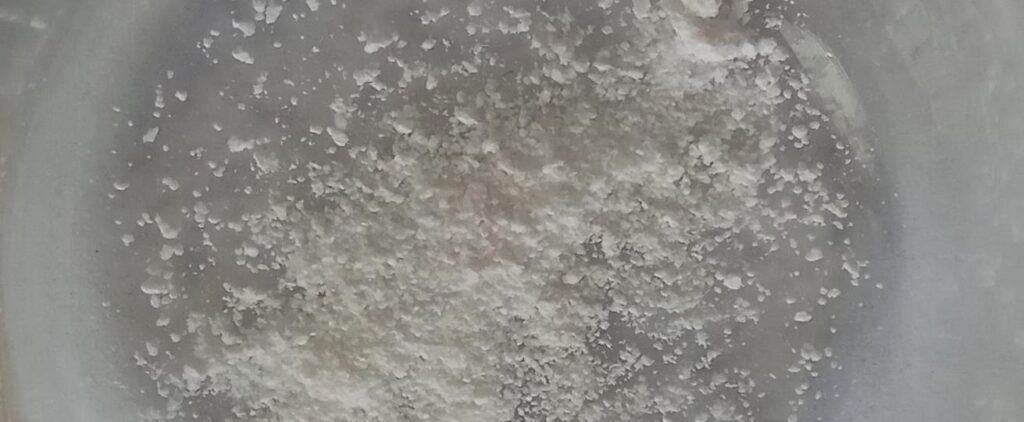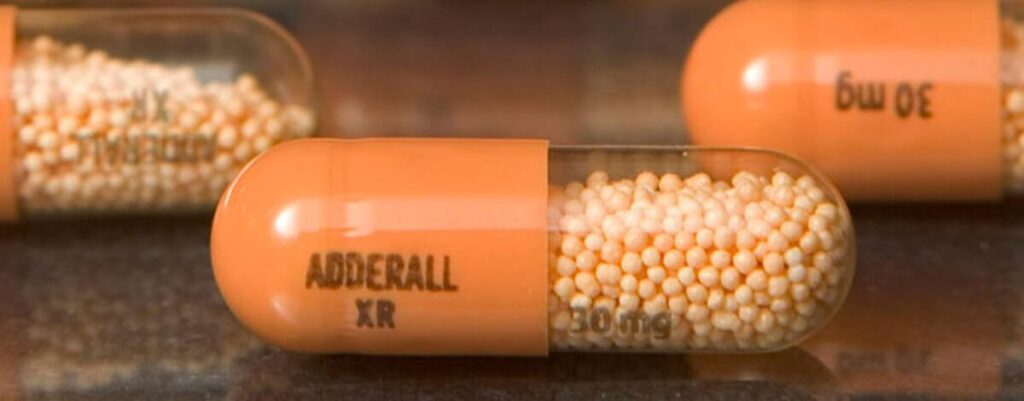- The process of creating a drug - May 23, 2023
- How do scientists model mental disorders in animals? - May 23, 2023
Amphetamine Synthesis Approaches
Amphetamine Synthesis Approaches Introduction
Amphetamine is a powerful stimulant drug that has been used for both medical and recreational purposes over the years. Its chemical properties have made it a popular choice for those looking to gain an edge in athletic and academic pursuits. In this article, we will discuss the different amphetamine synthesis approaches, as well as its chemical properties and general information. We will also look at the various amphetamine synthesis approaches, and provide a conclusion summarizing what has been discussed. With this information, we hope to offer a comprehensive overview of the various approaches to amphetamine synthesis.
Amphetamine Synthesis General information
Amphetamine, also known as alpha-methylphenethylamine, amfetamine and speed, is a stimulant drug of the phenethylamine class. It is the progenitor of the substituted amphetamines, a variety of substances such as Methamphetamine, MDMA, cathinone and bupropion. Its action is based on the stimulation of release of neurotransmitters dopamine and norepinephrine.

This restricted controlled drug was discovered over 100 years ago, having been originally used to treat a wide range of conditions. Today, however, its use is severely limited. First discovered in 1910, and synthesised by 1927, amphetamine racemic mix was registered by Smith, Kline and French in 1935. It has a chiral center and exists as dextro- and levo-isomers. The first product of Smith, Kline and French was authorised by the FDA in 1976.
In the 1930s, it was commercially available under the name “Benzedrine” as a drug for alleviating congestion. It soon became a popular treatment for a wide variety of conditions, including alcohol-induced headaches, narcolepsy, depression, and obesity. During World War II, amphetamine was employed to keep the servicemen alert. This resulted in an excessive production of amphetamine and the remaining surplus after the war concluded was circulated in the illegal market, thus initiating its misuse. Eventually, due to the issues with addiction and illegal use, it was included in the 1971 United Nations “Convention on Psychotropic Substances” as a controlled substance.

Amphetamine is now generally prescribed as a medication to treat attention deficit hyperactivity disorder (ADHD), narcolepsy, and obesity. Additionally, it is frequently misused as a performance enhancer and recreationally.
Amphetamine Chemical Properties
The unadulterated form of amphetamine is a transparent, volatile, oiky liquid with a distinguishing “fishy” smell and a sharp, caustic taste, scarcely soluble in water, easily soluble in organic solvents, boiling point 200-203 °C.

Amphetamine is a methyl derivative of the mammalian neurochemical phenethylamine with the chemical formula C9H13N. The carbon atom adjoining the primary amine is a stereogenic center, and amphetamine consists of a racemic 1:1 blend of two optical isomers. This racemic blend can be divided into its distinct isomers: levoamphetamine and dextroamphetamine (l- and d- isomers). Generally prepared solid salts of amphetamine include amphetamine hydrochloride, phosphate, sulfate. Dextroamphetamine sulfate is the most common enantiopure salt. Amphetamine is also the parent compound of its own structural class, which includes a number of psychoactive derivatives.
Amphetamine Physical Properties
- Formula C9H13N
- Molar mass 135.210 g/mol
- Density 0.936 g/cm3 at 25 °C
- Melting point 11.3 °C (52.3 °F)
- Boiling point 200-203 °C (397 °F) at 760 mmHg
Amphetamine Synthesis Approaches
A compilation of the foremost prevalent amphetamine syntheses approaches exists, each possessing its individual pros and cons. The most ubiquitous non-discriminating synthesis is the P2NP reduction, which could be accomplished with an aluminium amalgam. Additionally, reducing can be achieved through NaBH4, LAH or hydrogen gas with a catalyst (PtO2 or Pd/C) and an overabundance of pressure. P2NP can also be created through a straightforward combination of Nitroethane and benzaldehyde.

One of the most common approach of covert amphetamine production is the Leuckart reaction, which is composed of the phenylacetone (phenyl-2-propanone, P2P) condensation with formamide or ammonium formate in the company of formic acid and succeeding acid hydrolysis of the obtained N-formylamphetamine.

Amphetamine can also be made by reducing the amination approach of phenylacetone (P2P) in the presence of a metal catalyst. The response takes place with the production of an intermediate imine. Examples of the reaction include: Heterogeneous catalytic reduction of phenylacetone with ammonia. The catalyst can be palladium on carbon, platinum oxide or Raney nickel. The process can be completed with aluminum, zinc or magnesium amalgams.

If needed, the amphetamine isomers dextroamphetamine and levoamphetamine can be divided using tartaric acid. Also, an approach has been presented for the stereoselective production of dextroamphetamine, which involves the reductive amination of phenylacetone with S-α-methylbenzylamine. The imine, which was attained, is decreased with Pd/C or Raney nickel and purified as the hydrochloride. The N-benzyl group is then hydrogenated in the presence of palladium on charcoal to generate high optical purity dextroamphetamine.


Amphetamine Synthesis Conclusion
Amphetamine is a powerful stimulant that has been widely misused throughout history. Its chemical properties and synthesis approaches are both varied and complex. It can be synthesized through a number mentioned above methods. Depending on the desired outcome, the appropriate synthesis approach should be chosen. The various approaches to amphetamine synthesis can be further optimized and improved, allowing for more effective and efficient production of the drug.
In conclusion, the synthesis of amphetamine is a challenging yet rewarding process. With the proper resources, understanding of the chemical properties, and the correct approach, amphetamine can be synthesized for a variety of purposes. The synthesis approaches discussed here provide a comprehensive overview of the available options for producing the drug.
Bibliography
- Allen, Andrew, and Thomas S. Cantrell. “Synthetic reductions in clandestine amphetamine and methamphetamine laboratories: a review.” Forensic science international 42.3 (1989): 183-199. https://www.sciencedirect.com/science/article/abs/pii/0379073889900868
- King, L. A., K. Clarke, and A. J. Orpet. “Amphetamine profiling in the UK.” Forensic science international 69.1 (1994): 65-75. https://www.sciencedirect.com/science/article/abs/pii/0379073894900507
- Wassink, BH Groot, A. Duijndam, and A. C. A. Jansen. “A synthesis of amphetamine.” Journal of Chemical Education 51.10 (1974): 671. https://pubs.acs.org/doi/pdf/10.1021/ed051p671
- Allen A, Ely R (April 2009). “Review: Synthetic Methods for Amphetamine” (PDF). Crime Scene. Northwest Association of Forensic Scientists. 37 (2): 15–25. Retrieved 6 December 2014. http://www.nwafs.org/newsletters/2011_Spring.pdf
- G.Patton “Amphetamine” BB Wiki https://bbgate.com/wiki/amphetamine/
- https://en.wikipedia.org/wiki/Amphetamine

